Lighting Techniques:
- Shooting Through Objects
- Spot Lighting
- Back Lighting
- Up Lighting
- Saturation
- Casting Shadows
- Underexposure
- Harsh Lighting
- Practical Lighting (see the physical light)
Shooting Through Objects
Shooting through objects is a method that involves looking through an object in the foreground to give a creative sense of depth and perspective. It is typically used as a method of framing.
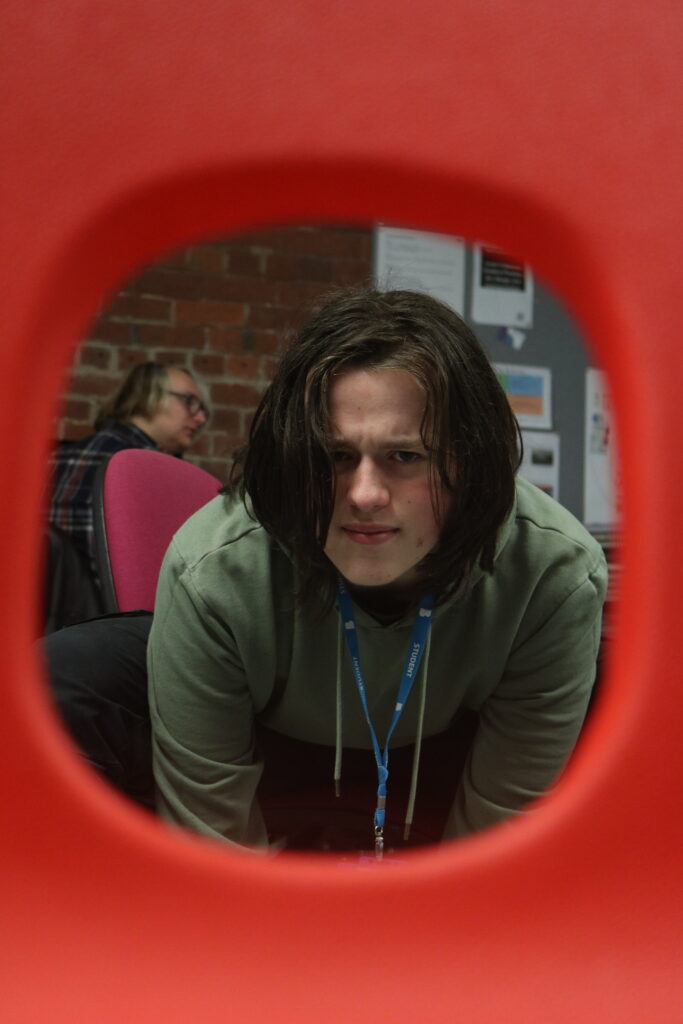
Spot Lighting
A spot light is designed to only cover a certain area. This is typically used in theatre performances and stage shows to put focus on certain subjects. It is usually put on from above the subject as shown below.
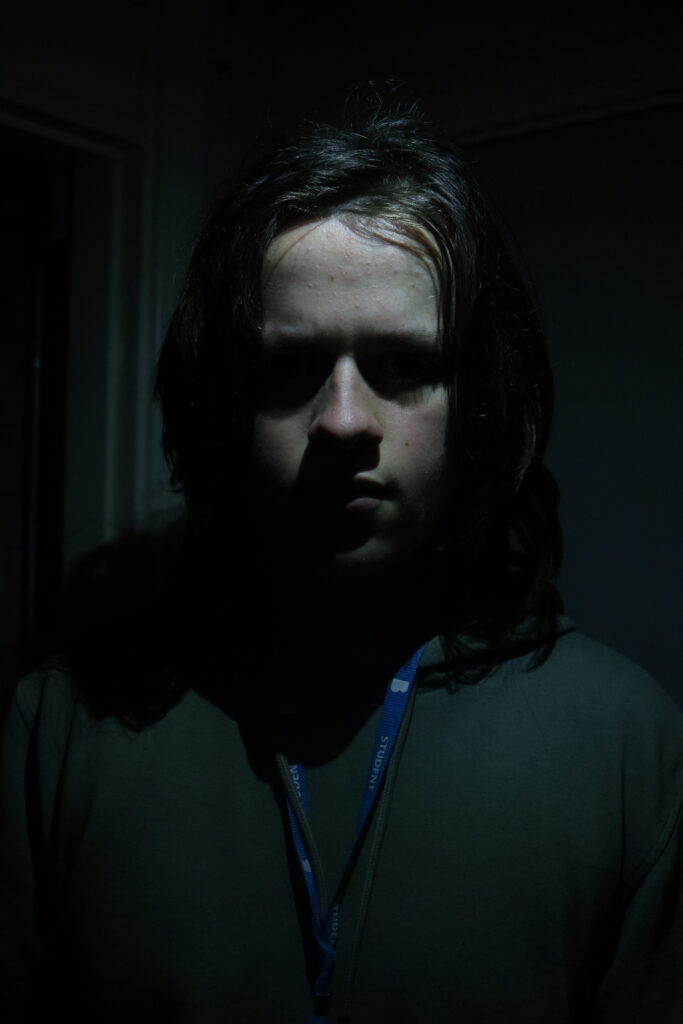
Back Lighting
Backlight is light that hits an actor or subject from behind, typically higher than the subject it is exposing. Backlighting an object or actor from the background creates more depth and shape to a subject.

Up Lighting
Up lighting is a technique used to light the subject from beneath. This look is usually associated with telling scary stories around a campfire and makes the subject look more scary when used in conjunction to various facial expressions.
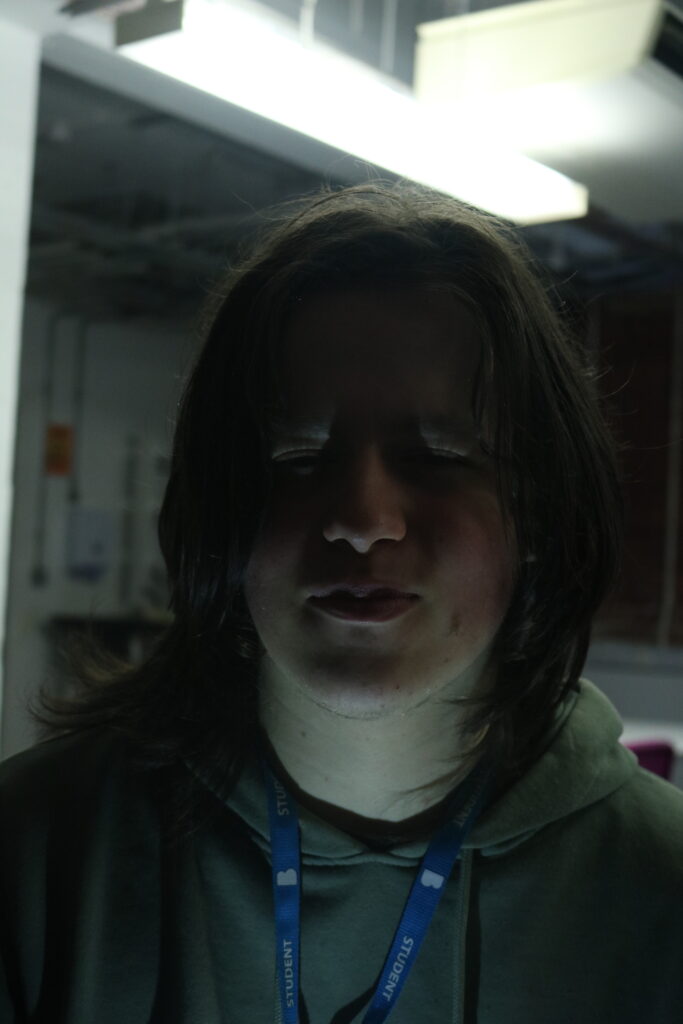
Saturation
Saturation is normally described as the intensity of colour in an image. It is also often called “chroma.” The more colourful and vibrant an image is, the more saturated it it. See below a less saturated image compared to a more saturated in-camera edit.
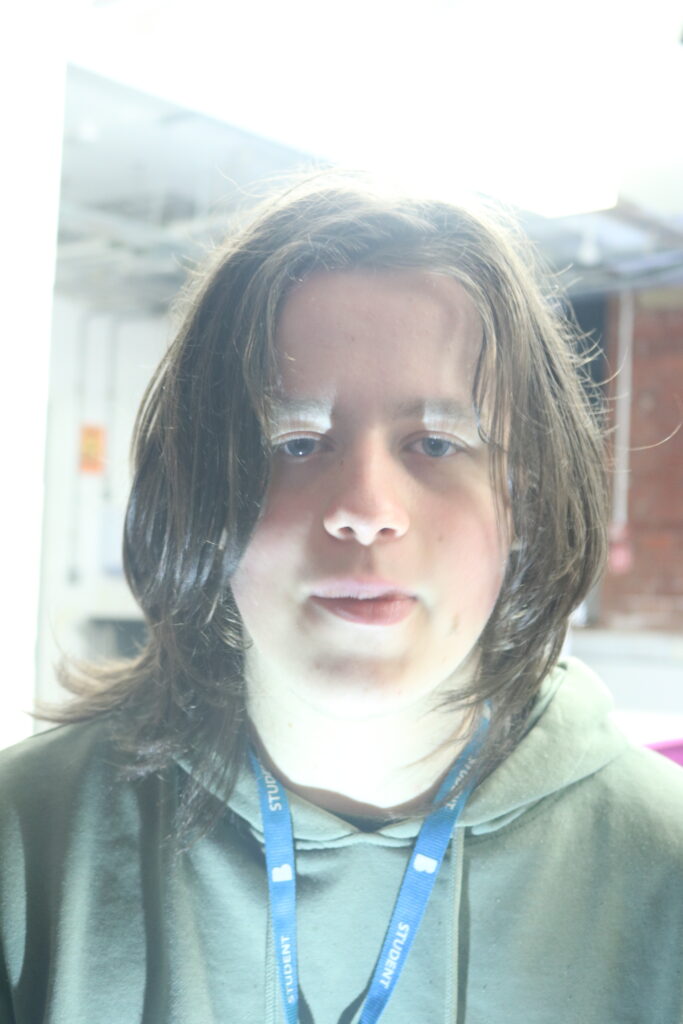
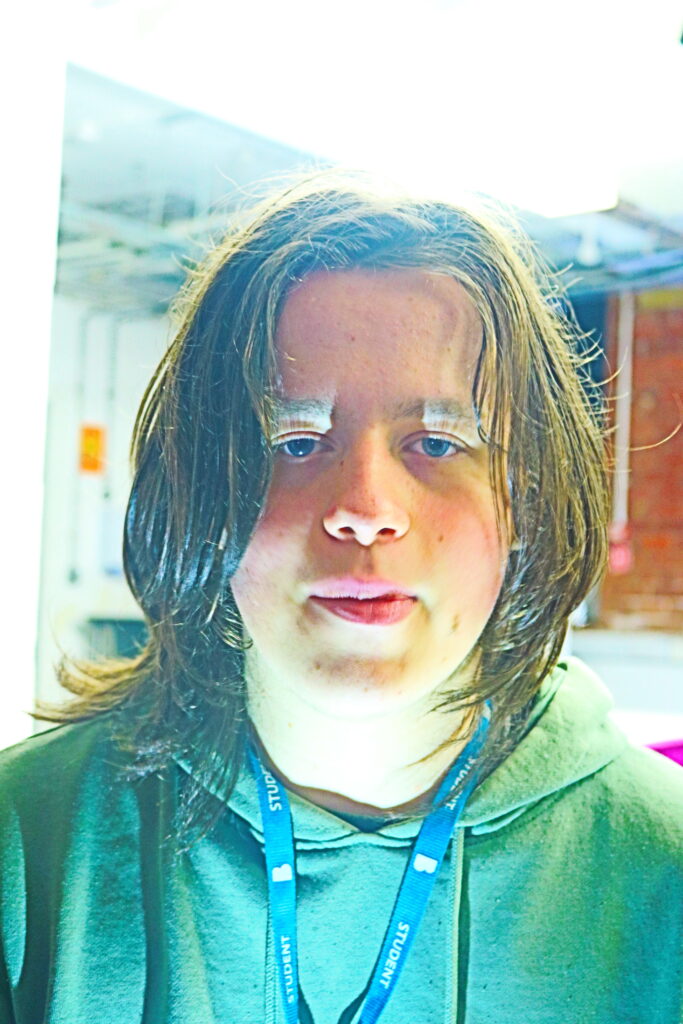
Casting Shadows
Casting shadows is the idea of using shadows in your image to better show the placement in your lighting and using them to create something.
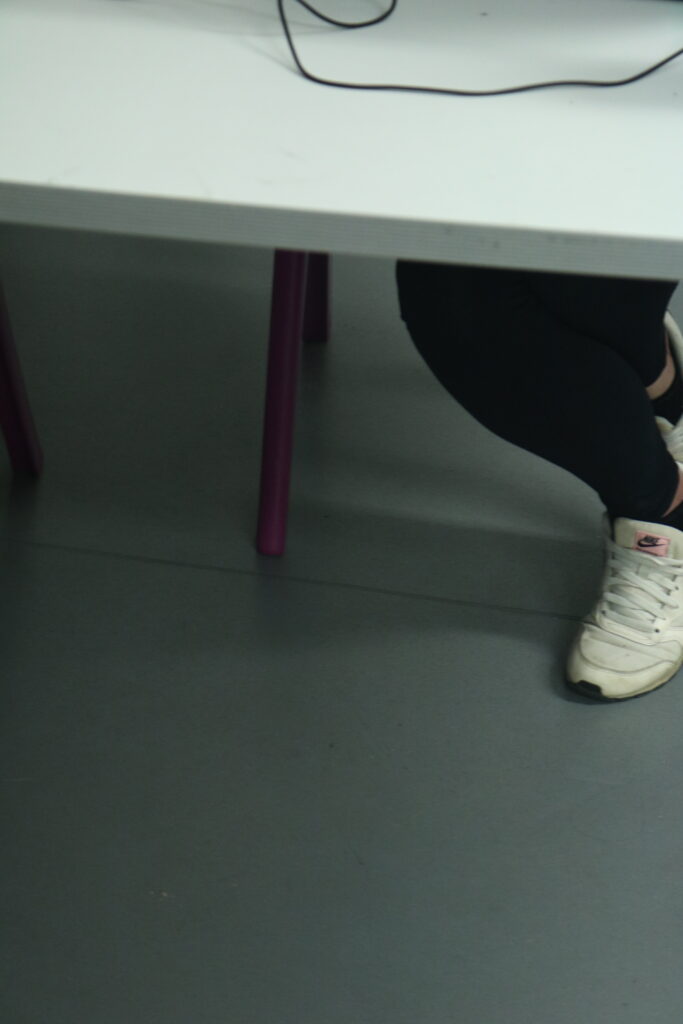
Underexposure
Underexposure is when you do not add enough light onto a subject to sufficiently light it up. This is typically used in horror by putting attention onto a subject by intentionally obscuring it to present mystery and fear.
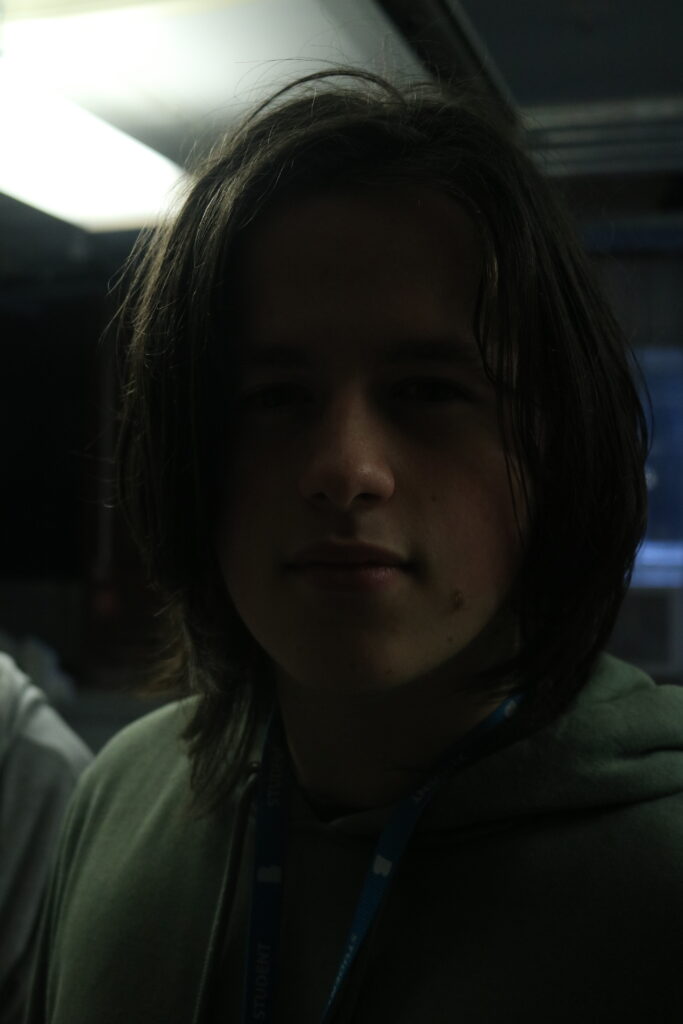
Harsh Lighting
Harsh lighting is used to create a very sharp contrast between the shadows and highlights of an image. This can be seen in more model based studio shoots.
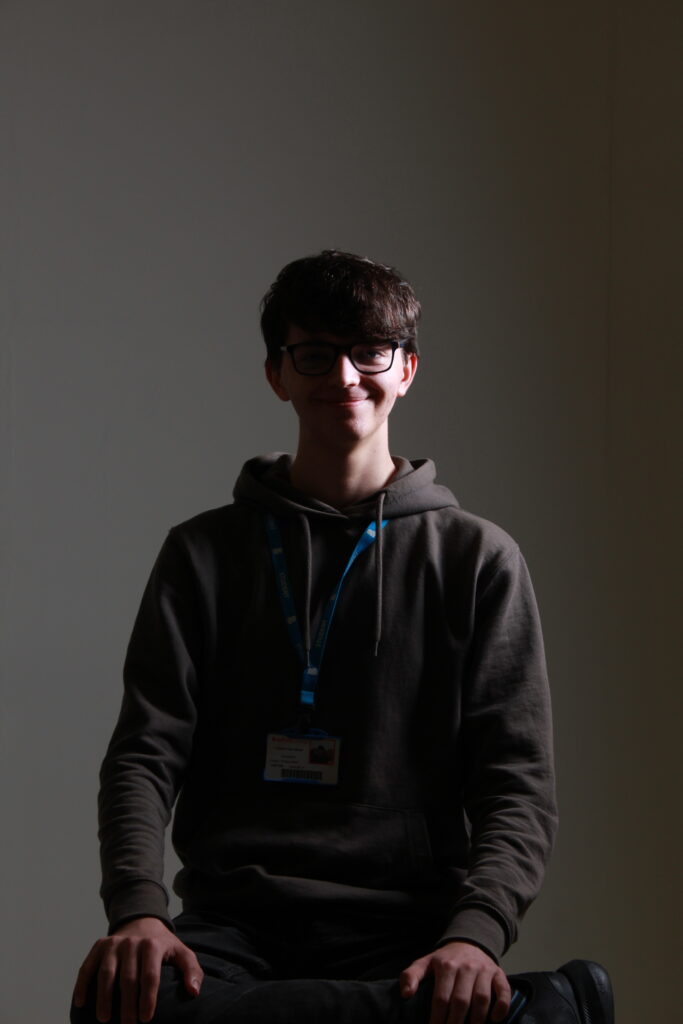
Practical Lighting
Practical Lighting is the idea of using the lighting for your shot in the picture itself. This is normally in the form of a lamp or something like the sun.

Putting Techniques Into Practice
For my first attempt at doing these in a studio, we messed around with some colours for the lighting while keeping a constant of having a light for the background and a light for the model. The lighting we chose to use was up lighting to create some nice shadows.

Our first attempt was with purple and blue to create a more melancholic feel, but it didn’t fit with the theme of fear. It did blend nicely with the background colour, but we were looking to create a stark contrast so that didn’t work.
This is when we came up with the idea of using the Wicked Witch of the West as inspiration. Through some colour theory, we found a good mix of gels to create a nice green and we found 2 coloured translucent boards to create a deep orange. We combined these together along with removing the models fleece to make it look darker and more contrasted to the background and pulling a creepy face and this is what we made.
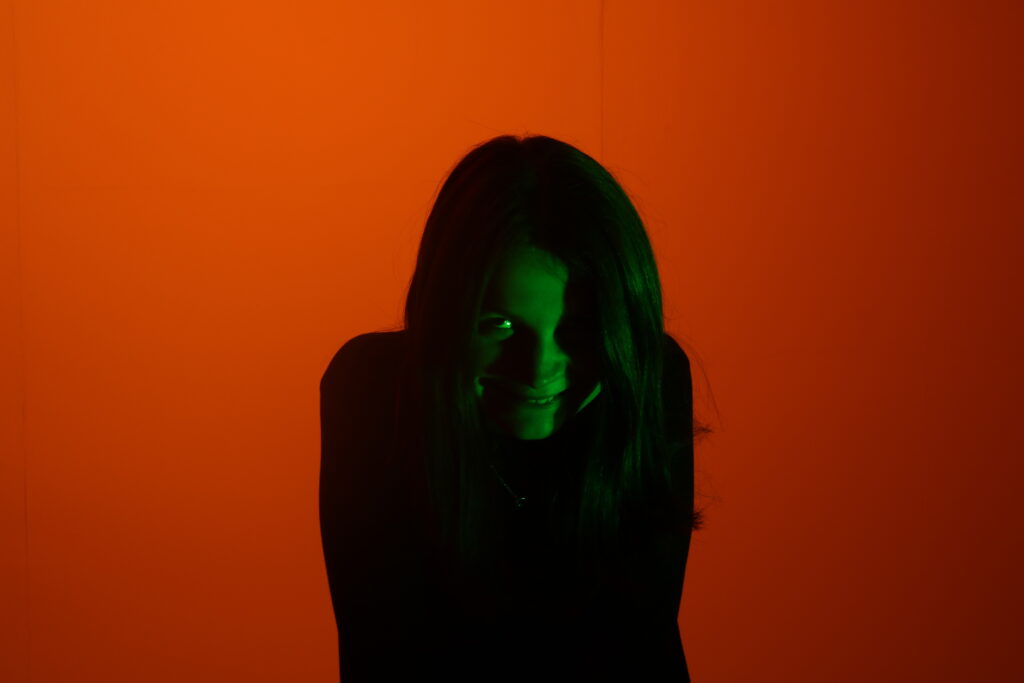
Although not a perfect image, it is a combination of all our efforts and it came out pretty good. The contrast between the orange and green is very nice and the slight vignette created by the light is amazing as well. The shadows on the models face and the shine from the green on her hair help create that contrast to the background even more and the colour scheme fits well with a stereotypical Halloween colour palette.
We then tried mixing a few techniques together. I put the camera on a tripod so the shot would remain at the same angle to make the editing for it easier. To cast the shadow, I used the spot lighting and placed the model so it would cast on the wall behind him and look like a looming entity. I then used up lighting for the main model and edited them together to create this.
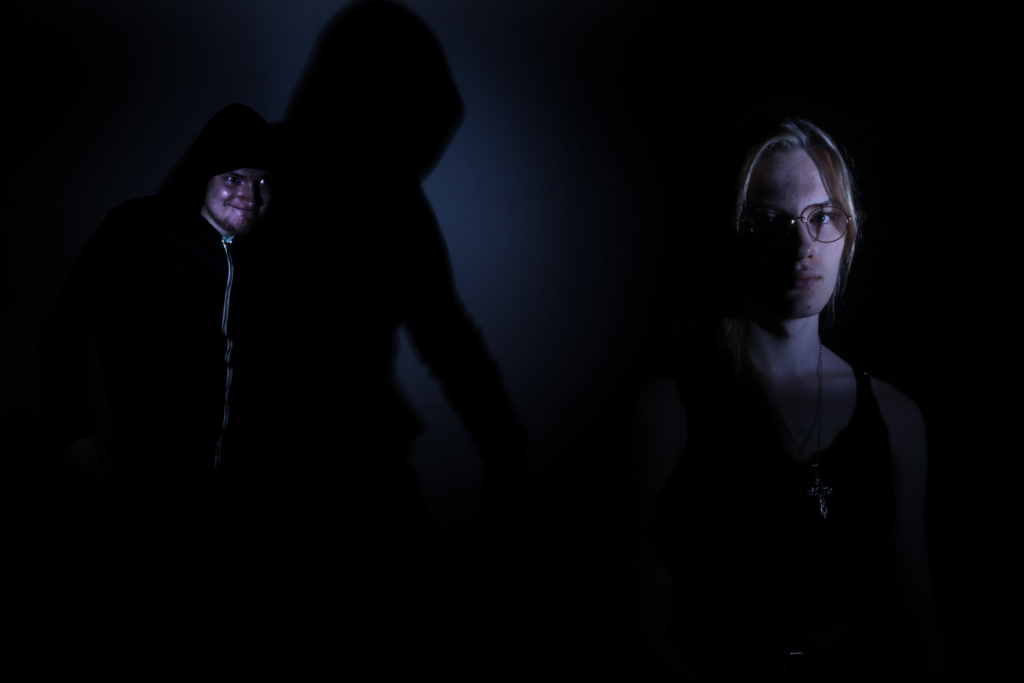
This image combines the techniques of casting shadows, spot lighting and up lighting in a way that makes sense and flows quite well. This proved to me that I wouldn’t have to necessarily stick to one particular lighting technique and I could use multiple of them in one shot effectively.
Conclusion
Practicing these lighting techniques has been very useful and I have managed to make some applications in ways that I think could be very fun to do and fit with my theme, such as using the up lighting and spot lighting.
It was also interesting to experiment with mixing these effects together, such as combining casting shadows, spot lighting and up lighting in one image. I may continue to experiment with mixing the lighting effects in the future to create more interesting imagery.
